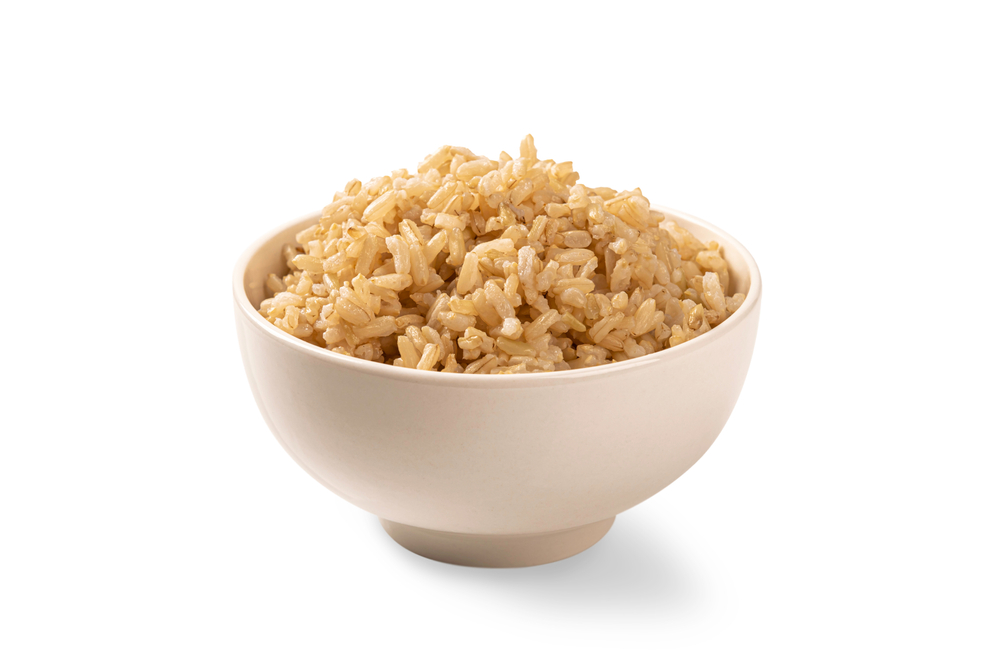Brown rice has long been touted as a nutritional powerhouse, offering more fiber, vitamins, and minerals than its refined white counterpart. However, recent research published in the journal Risk Analysis identifies a concerning trade-off: the same outer bran layer that makes brown rice nutritionally superior also retains significantly more arsenic, a naturally occurring element that can be toxic at high exposure levels.
The study consolidates years of previous research to provide a comprehensive comparison of arsenic exposure from brown versus white rice based on typical American consumption patterns. While findings suggest minimal risk for most adults, they reveal particular vulnerability among children under five years old, who consume more rice relative to their body weight than any other demographic group.
Understanding the brown rice arsenic connection
The higher arsenic content in brown rice stems directly from its minimal processing. Unlike white rice, which has the outer bran layer removed during milling, brown rice retains this nutrient-rich exterior. A postdoctoral research associate at Michigan State University who authored the study explains that this bran layer also accumulates significantly more arsenic from soil and water during the growing process.
This connection between processing methods and arsenic levels builds on established research dating back several years. However, the new analysis offers more nuanced insights by examining consumption patterns across different demographic groups and comparing rice from various growing regions.
Rice plants absorb arsenic more readily than many other crops because they grow in flooded conditions where arsenic becomes more bioavailable. The element then concentrates particularly in the outer layers of the grain that remain intact in brown rice variants.
Who faces the greatest risk from arsenic exposure
The research identifies children under five as facing disproportionate risk from arsenic in brown rice. This heightened vulnerability stems from two key factors: their significantly higher rice consumption relative to body weight and developmental systems more susceptible to arsenic’s harmful effects.
For the average American adult consuming normal quantities of rice, arsenic exposure from brown rice appears to present limited health concerns. A professor emerita of nutrition at St. Catherine University notes that some dietary arsenic exposure is unavoidable, as many foods including fruits and vegetables contribute to overall intake.
The research also reveals geographic variations in risk. American-grown rice generally contains lower arsenic concentrations compared to varieties from other regions. This difference likely results from lower background arsenic levels in certain U.S. agricultural regions and specific processing practices that help reduce contamination.
7 strategies to reduce arsenic exposure
For those concerned about arsenic in brown rice, nutrition and food safety experts recommend these practical approaches:
Diversify grain choices beyond rice: Incorporating other whole grains such as quinoa, barley, farro and oats creates nutritional variety while reducing reliance on rice. This approach aligns with dietary guidelines recommending diverse grain consumption.
Choose geographic origin carefully: When selecting brown rice, varieties grown in California typically contain less arsenic than those from southern states or certain international regions where soil naturally contains higher arsenic levels.
Thoroughly rinse rice before cooking: Multiple studies show that rinsing brown rice until water runs clear can remove a portion of surface arsenic. This simple step takes just minutes but can make a meaningful difference in final arsenic content.
Employ the excess water cooking method: Preparing rice using a 6:1 or even 10:1 water-to-rice ratio, then draining excess water after cooking, can reduce arsenic content by 40-60% compared to standard absorption cooking methods where all water is absorbed.
Consider white rice for children’s meals: While nutritionally less robust, white rice contains substantially lower arsenic concentrations, making it a prudent choice for young children who consume rice frequently or in large quantities.
Avoid rice-derived sweeteners and thickeners: Brown rice syrup, often used in infant formula and certain processed foods, can concentrate arsenic further. Check ingredient labels, particularly for products frequently consumed by children.
Implement strategic meal planning: Following the MyPlate dietary guidelines by making half of your grains whole rather than exclusively consuming brown rice maintains nutritional benefits while reducing potential arsenic exposure.
Balancing nutritional benefits against potential risks
Despite arsenic concerns, brown rice offers substantial nutritional advantages that warrant consideration in dietary planning. Compared to white rice, it provides significantly more fiber, magnesium, potassium, iron, and certain B vitamins. As a whole grain, it undergoes minimal processing and retains its natural nutritional profile.
A senior manager of food consulting at NSF, a global public health organization, emphasizes that arsenic poisoning from food remains extremely rare due to regulatory oversight that maintains contaminant levels below dangerous thresholds. This regulatory framework helps ensure that properly sourced and prepared foods remain safe for consumption.
The fundamental principle emerging from this research emphasizes dietary variety rather than elimination. A distinguished nutrition scholar stresses that dietary quality through variety provides the best defense against heavy metal exposure from any single food source. This balanced approach allows consumers to benefit from brown rice’s nutritional profile while minimizing potential drawbacks.
Special considerations for parents of young children
Parents and caregivers of children under five should implement additional precautions given this group’s heightened vulnerability. Nutrition experts recommend:
Alternating between rice-based foods and other grain options to reduce overall rice consumption while maintaining nutritional diversity. This approach naturally limits arsenic exposure without eliminating beneficial whole grains.
Avoiding infant formulas containing brown rice syrup as a sweetener, as these products may contain concentrated arsenic. Parents should carefully check ingredient labels when selecting formula options.
Selecting appropriate portions that account for children’s smaller body size and greater vulnerability. While adults may safely consume brown rice more frequently, children benefit from more conservative serving sizes and frequency.
The cooking method that makes a critical difference
How brown rice is prepared significantly impacts its final arsenic content. Traditional absorption cooking methods, where rice absorbs all water during cooking, retain most arsenic in the finished product. However, research demonstrates that cooking in excess water, similar to preparing pasta, can substantially reduce arsenic content.
This cooking approach involves using six to ten parts water to one part rice, then draining the excess liquid after cooking. While this method may reduce some water-soluble nutrients, the significant arsenic reduction generally outweighs these minor nutritional losses, particularly for vulnerable populations or those consuming rice frequently.
Maintaining perspective on food safety considerations
While the arsenic-brown rice connection warrants attention, nutrition experts emphasize maintaining perspective. A varied diet naturally limits exposure to any single contaminant while providing comprehensive nutrition. For most adults consuming reasonable portions of properly prepared brown rice, benefits likely outweigh potential risks.
The emerging consensus among food safety experts promotes informed moderation rather than elimination. By understanding potential risks, implementing appropriate preparation methods, and practicing dietary variety, consumers can continue enjoying brown rice as part of a balanced diet while minimizing exposure concerns.
This measured approach acknowledges both the legitimate health considerations raised by recent research and the established nutritional benefits that have made brown rice a dietary staple for health-conscious consumers worldwide.
















